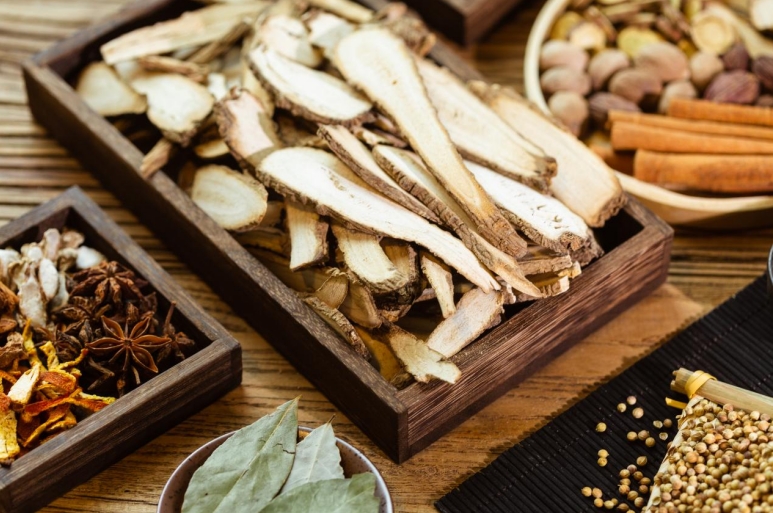Spices are an indispensable flavoring essence in cooking, not only imparting unique tastes to dishes but also embodying the inheritance and innovation of various culinary cultures. However, faced with the diverse variety and varying quality of spices on the market, how to select high-quality spice products has become a crucial need for everyone.
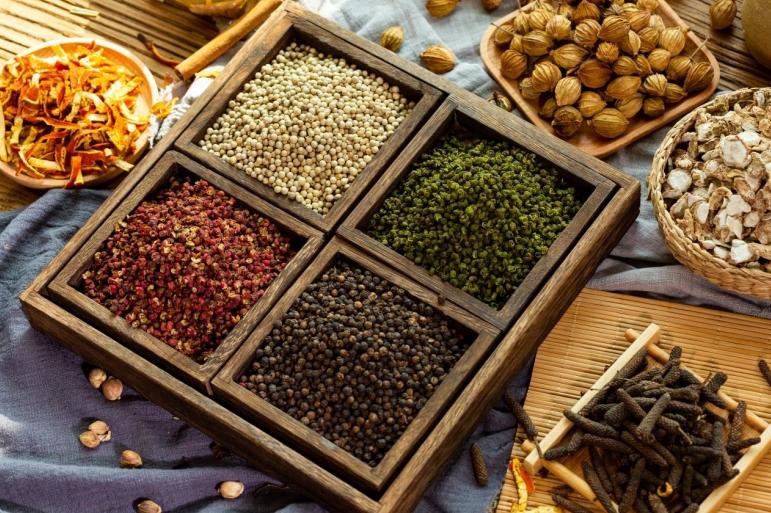
Based on this, this article will delve into the selection techniques of four common spices: Sichuan peppercorns, star anise, cinnamon, and angelica dahurica, drawing on their morphological characteristics, physical and chemical indicators, and sensory experiences.

Sichuan peppercorns are one of China's traditional condiments, ranking at the top of the thirteen aromatic spices. Their surface features small bumps called oil sacs, containing volatile oils and pungent substances that provide flavor and a unique numbing sensation to food. Sichuan peppercorns can be divided into green and red varieties. Rushi Spice provides dried red prickly ash powder and dried green prickly ash.
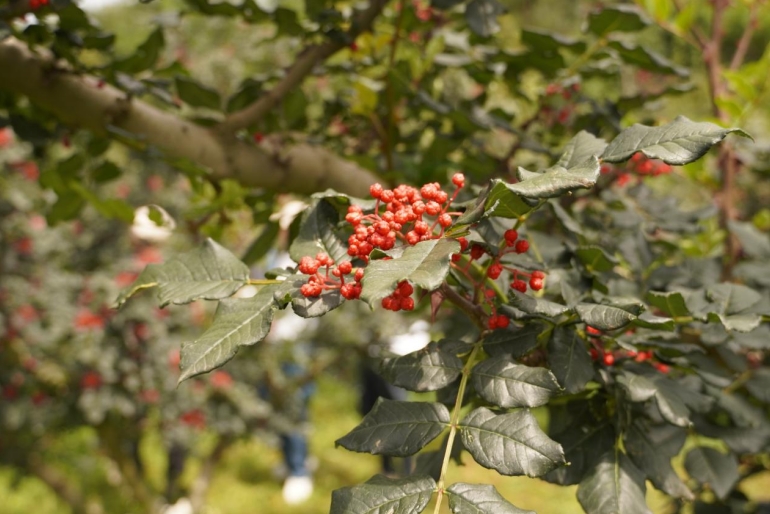
For both green and red Sichuan peppercorns, the selection process mainly involves three aspects:
1. Checking the Openings: The black seeds should be completely expelled, as they lack flavor and numbing sensation. Therefore, good Sichuan peppercorns have a high percentage of openings.
2. Inspecting the Black Seeds: Oil sacs contain the essential components of Sichuan peppercorns. Good ones have plump, non-withered oil sacs, resulting in a stronger aroma and numbing sensation.
3. Looking for Impurities: Well-sorted Sichuan peppercorns are free of internal impurities like stems and seeds, as well as external contaminants like hair and stones, making them higher quality.

Star anise, scientifically known as Illicium verum, is also called da liao or da hui xiang in some regions. Its sweet flavor originates mainly from Guangxi and Yunnan, China star anise exporter, and it's a traditional condiment in Chinese cuisine.
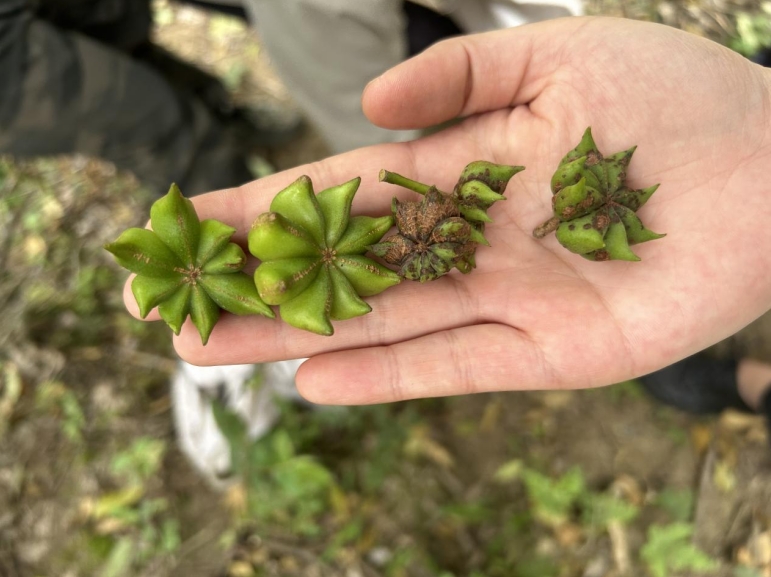
Selection of star anise involves several aspects:
1. Examining the Pods: Star anise typically has eight pods, but there can be more or fewer. Besides the number, check if the tips are straight.
2. Checking the Color: Good star anise is reddish-brown or brown, with a consistent color tone and high uniformity.
3. Smelling the Aroma: Good star anise has a rich fragrance with no discernible off-odors or pungent smells. Some beautifully colored star anise might have been sulfur-fumigated, emitting a strong, irritating odor.
4. Testing the Texture: Good star anise has a noticeable tactile sensation when held, and the pods make a crisp sound when collided, indicating low moisture content and easier storage.
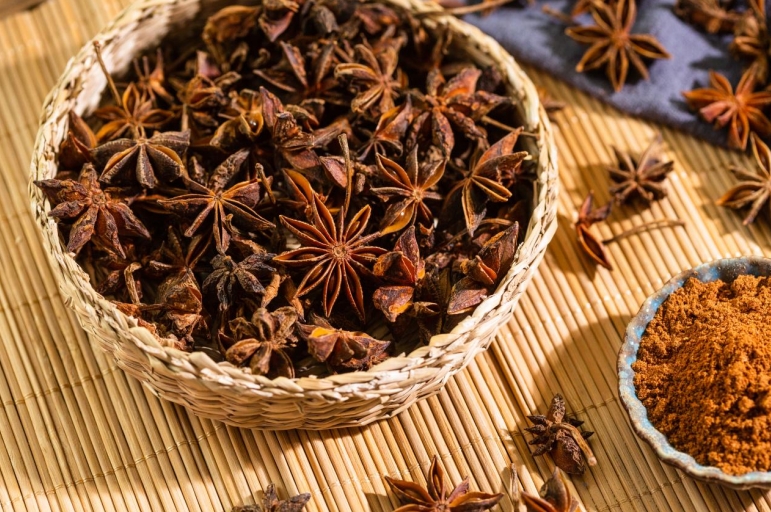
Cinnamon, also known as gui pi, rou gui, guan gui, or xiang gui, refers to the bark of various cinnamon trees, including Cinnamomum cassia, and is a common food spice and cooking ingredient.
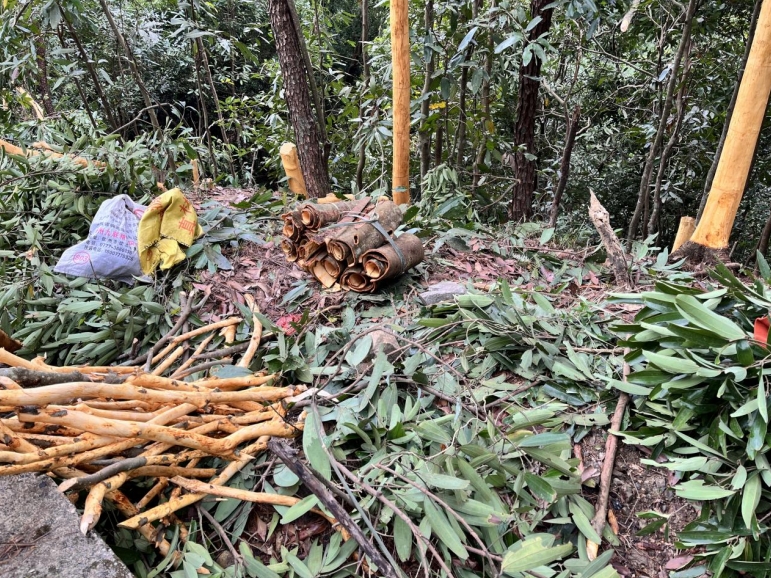
Selecting cinnamon involves three main aspects:
1. Inspecting the Surface: High-quality cinnamon is stripped of its outer bark layer before drying. Cinnamon that hasn't been stripped is considered slightly inferior.
2. Smelling the Aroma: Excellent cinnamon has a strong, fragrant aroma with a subtle sweetness. Inferior cinnamon lacks aroma or has a pungent smell from sulfur fumigation.
3. Checking the Thickness: The thickness of cinnamon is related to the tree's age; older trees produce thicker bark, which contains higher levels of active ingredients like cinnamaldehyde, making it superior in quality.
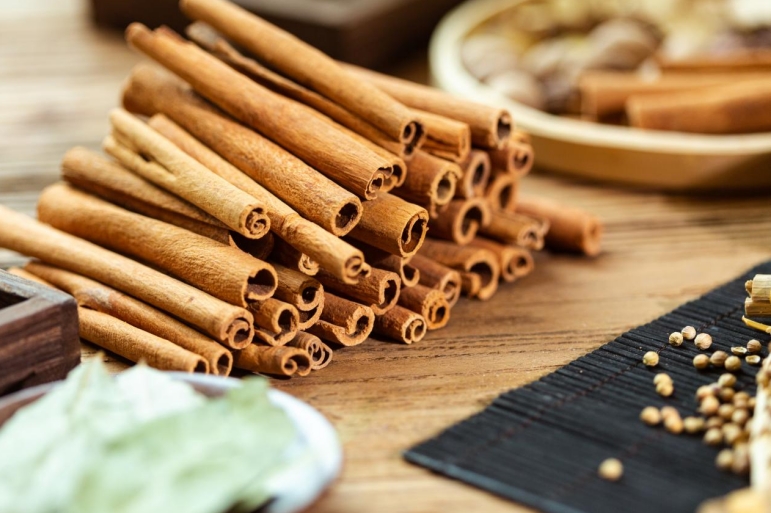
Angelica dahurica, traditionally known as bai zhi, is an aromatic spice plant in China from Asian spices company. Its rhizomes possess a distinct aroma and are crucial in spice blends.
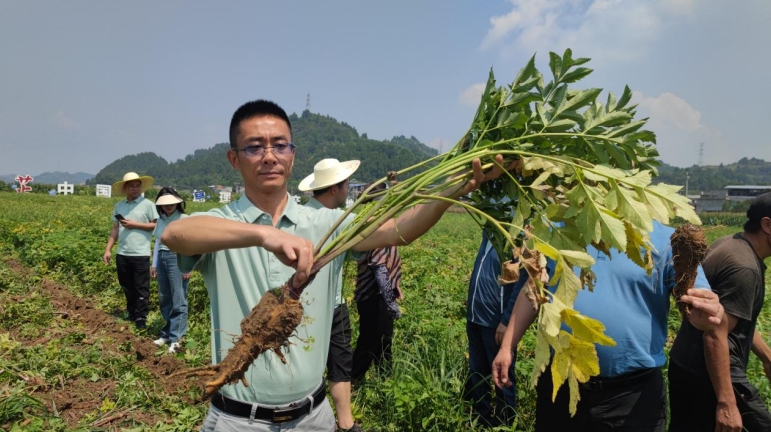
Selecting angelica dahurica involves the following:
1. Examining the Color: Good angelica dahurica is grayish-white or grayish-yellow, with a uniform color, indicating thorough drying.
2. Checking the Thickness and Uniformity: High-quality angelica dahurica slices are evenly thick, well-processed, and free from hollow areas.
3. Smell: Good Angelica Angelica has not been dried with sulfur, the fragrance is more natural, and there is no obvious pungent odor on the smell.
